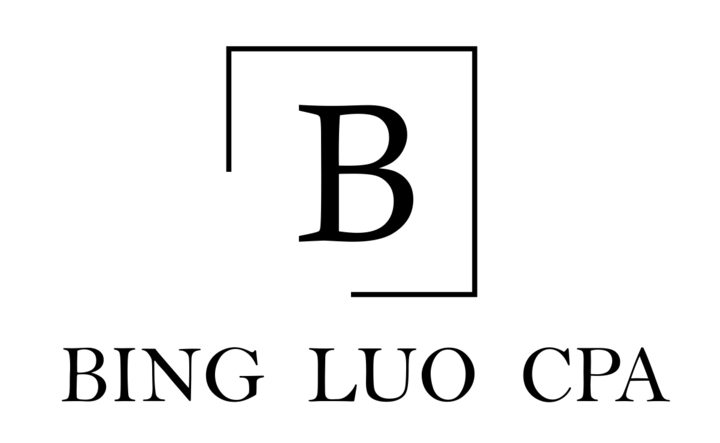
Unlocking the Backdoor Roth IRA: A Strategic Guide for High Earners
February 27, 2025

For high-income earners, the Roth IRA’s promise of tax-free growth and withdrawals is tantalizing—but strict income limits often stand in the way. Fortunately, the Backdoor Roth IRA offers a workaround: you contribute to a traditional IRA first and then convert it to a Roth. This guide explains how this strategy works, who qualifies, and how to navigate the tax nuances.
What is a Roth IRA?
A Roth IRA is a popular type of retirement savings account. Unlike a Traditional IRA, where contributions may be tax-deductible but withdrawals are taxed, Roth IRAs flip this structure. Contributions to Roth IRAs are made with after-tax dollars, meaning you pay taxes upfront. In exchange, your investments grow tax-free, and qualified withdrawals in retirement—including earnings—are entirely tax-free. This structure is particularly advantageous for those who expect to be in a higher tax bracket during retirement or who want to avoid required minimum distributions (RMDs).
However, to contribute directly to a Roth IRA, your income must fall below IRS-defined thresholds based on your modified adjusted gross income (MAGI). MAGI is your adjusted gross income (AGI) with certain deductions added back in, such as student loan interest, tuition fees, or contributions to a Traditional IRA. For 2025, the income limits for Roth IRA are as follows:
- Single filers: Full contributions allowed if MAGI is below $150,000. Contributions phase out between $150,000 and $165,000.
- Married filing jointly: Full contributions allowed if MAGI is below $236,000. Contributions phase out between $236,000 and $246,000.
If your MAGI exceeds these ranges, you cannot contribute directly to a Roth IRA (doing so will incur penalties from the IRS!!)—which is where the Backdoor Roth IRA strategy comes into play.
The Backdoor Roth IRA: A Step-by-Step Workaround
If your MAGI exceeds Roth IRA limits, the Backdoor Roth IRA is a fully legal way that allows high income earners to still be able to contribute to a Roth IRA. Here’s a step-by-step guide of how to execute a Backdoor Roth IRA:
- Open a Traditional IRA: If you don’t already have one, set up an account with a brokerage firm.
- Make a Non-Deductible Contribution to the Traditional IRA: Contribute after-tax dollars up to the annual limit (for 2025, the contribution limit is $7,000 or $8,000 for individuals age 50 and older). Remember, you cannot deduct this contribution on your 2025 taxes.
- Convert the Account to a Roth IRA: Transfer the funds from your Traditional IRA to a Roth IRA after you wait for any required holding period. If you have any pre-tax funds in the Traditional IRA at the time of conversion, this could be a taxable event when you convert (see the pro-rata rule below). Otherwise, this conversion will not incur any taxes.
- Remember to Invest Your Funds: Now that the funds are transferred to the Roth IRA, don’t forget to invest the money in your account.
- File IRS Form 8606 with Your Tax Return: This form tracks non-deductible contributions and ensures you aren’t taxed twice on the same money.
Tax Pitfalls to Avoid
The pro-rata rule is the biggest hurdle here. If you have both pre-tax (deductible) and after-tax (non-deductible) contributions in the Traditional IRA when converting it to a Roth IRA, the pro-rata rule states that your Roth conversion will be taxed proportional to the pre-tax and post-tax percentages. When calculating the percentages, the IRS requires you to include pre-tax amounts from all your non-Roth IRAs as the basis.
For example, if you have the following two IRAs:
- A Traditional IRA: $50,000 in total, where $7,000 were contributed after-tax.
- A SEP IRA: $50,000 in total, all contributed pre-tax.
If you’d like to convert $7,000 from the Traditional IRA to a Roth IRA under this situation, because it contains pre-tax dollars in it, only 7% of your conversion ($7,000 / ($50,000 + $50,000)) is non-taxable (notice both IRAs amounts show up in the denominator) and the remaining 93% of the $7,000 conversion will be taxable according to the pro-rata rule. To avoid the pro-rata rule, you should transfer the pre-tax funds out of the Traditional IRA account, e.g., rolling it over to your 401(K), before contributing any after-tax funds into it.
Additionally, any earnings (capital gains, interest, dividends etc.) on your after-tax contribution to your Traditional IRA before the Roth conversion are taxable. So make sure you execute the Roth conversion as soon as any holding period is satisfied to minimize the earnings while the funds stay in the Traditional IRA.
Who Benefits Most from a Backdoor Roth IRA?
This strategy is ideal for high earners who:
- Exceed Roth IRA income limits but want tax-free retirement growth.
- Have no existing pre-tax IRA balances (or can move them into a 401(k)).
- Anticipate being in the same or higher tax bracket during retirement.
Young professionals in high tax brackets, for instance, can lock in tax-free growth for decades. Conversely, those nearing retirement with lower expected future income might prioritize tax deductions now over Roth benefits.
Tax laws are complex and subject to change. Consider consulting a tax professional for personalized advice based on your income and location. At Bing Luo CPA, we are committed to providing expert guidance to help you make well-informed decisions.